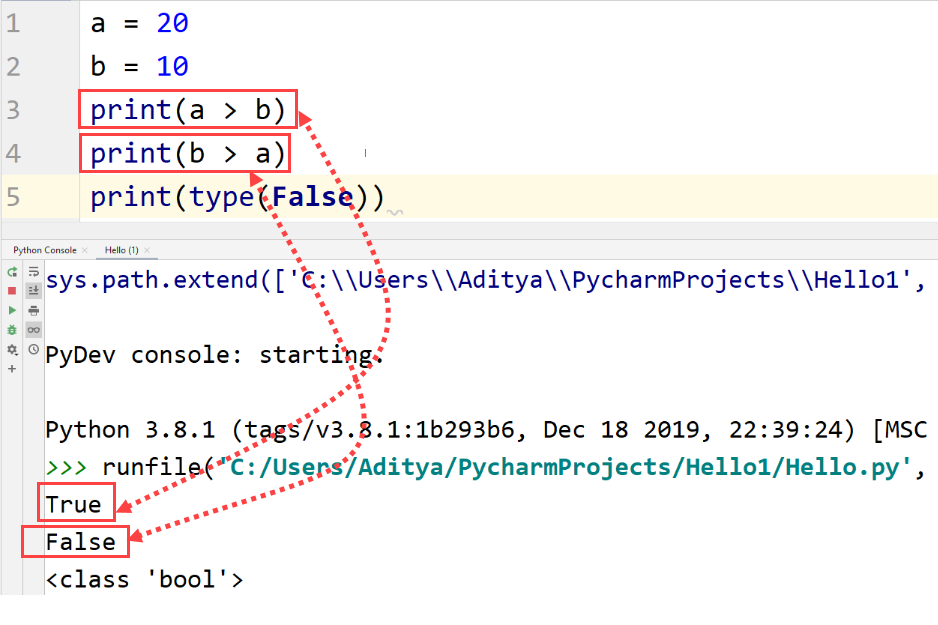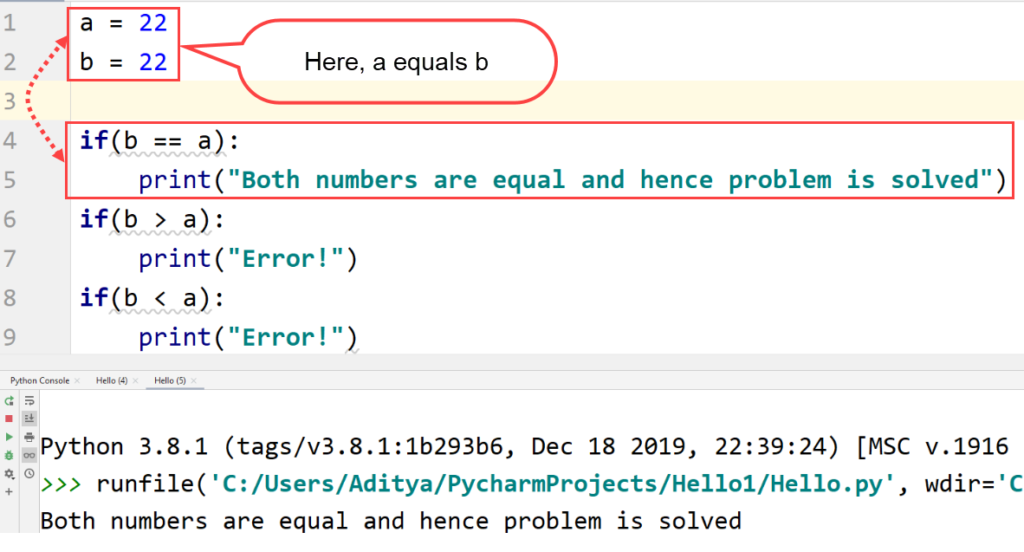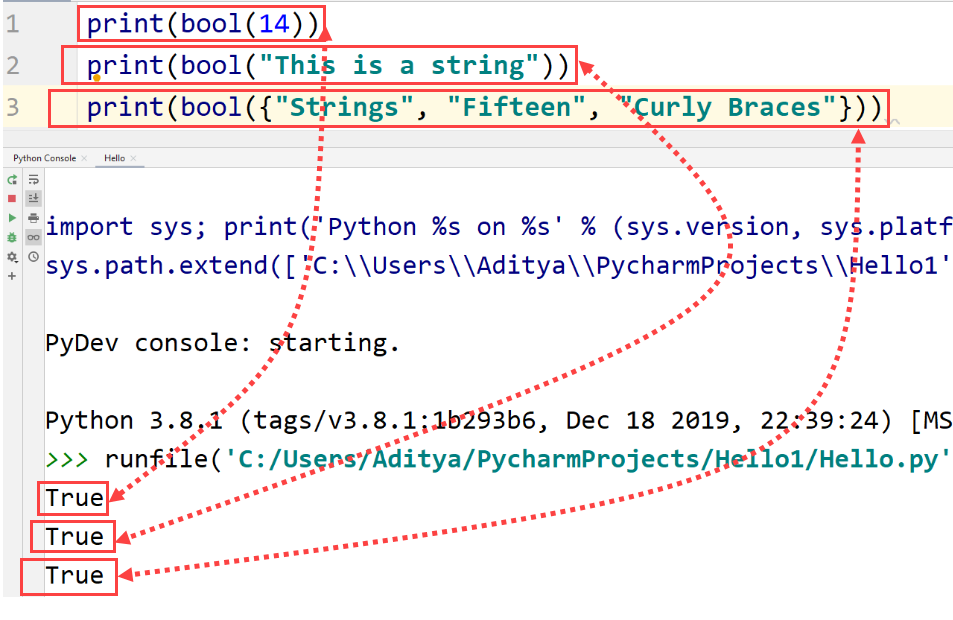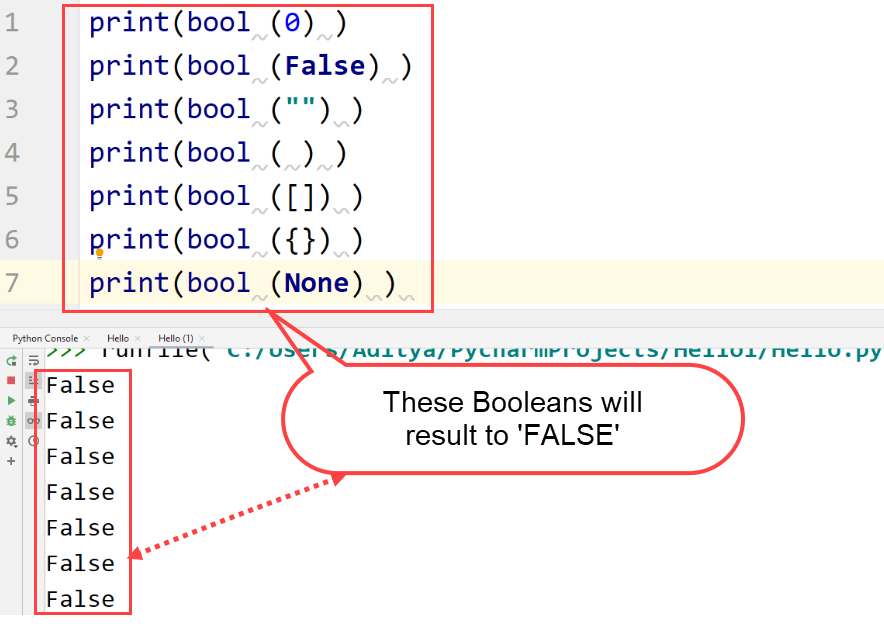Boolean can take a value of either true or false.
So, if you wish to take any action depending on whether the statement is true or false, you can use Boolean.
It is named after George Boole who first presented Boolean Algebra.
As, Boolean can take two values, i.e., True or False so you can use the operators ‘==’, ‘<’, ‘>’ to compare two numbers or strings.
Example

As you can see in the output that the type of Boolean in “bool”.
Importance of Boolean Logic
Boolean’s are very useful in programming languages. They can change the output of some block of code depending on the test cases in the code. Many games, troubleshooting programs, etc., depend upon the working of Boolean. If a troubleshooting program is unable to solve a particular problem, it will try another solution to solve the problem.
Example

As you can see in the output, test conditions like these can make a computer look like if it is thinking on its own.
Evaluating Values Using Booleans
Evaluation of any value can be done using Boolean’s. The function bool() is used for this task. The code will return “True” or “False” as output depending upon the input to the Boolean.
Example

Most of the values are True except some values. Here are all the values that will evaluate False because there are not-so-many of them.
Example
